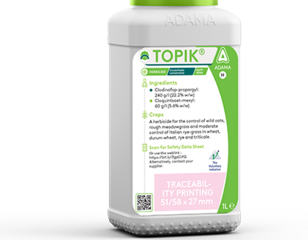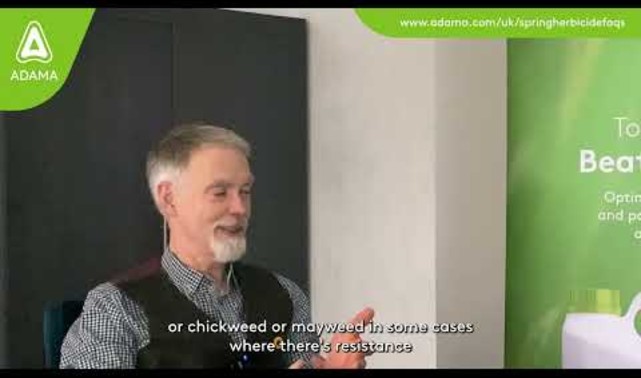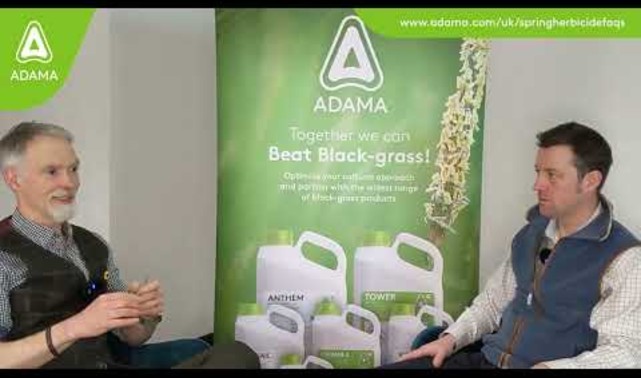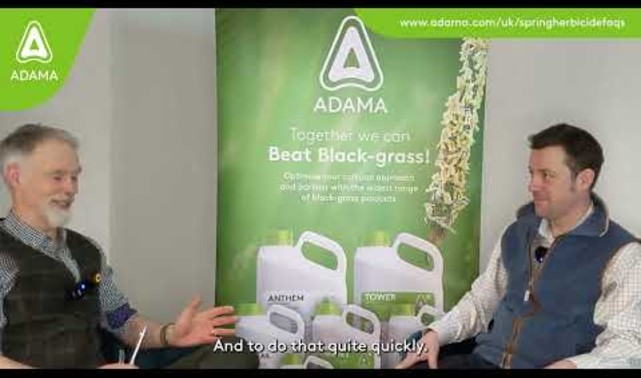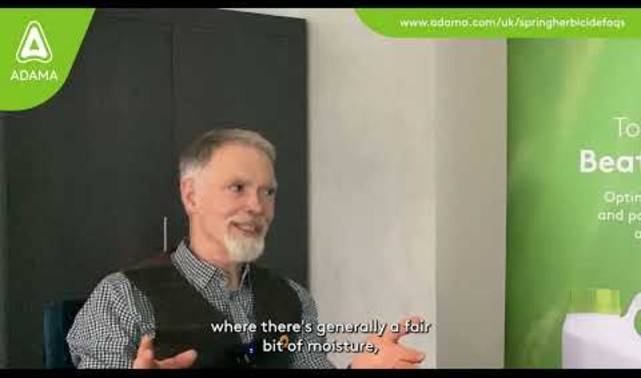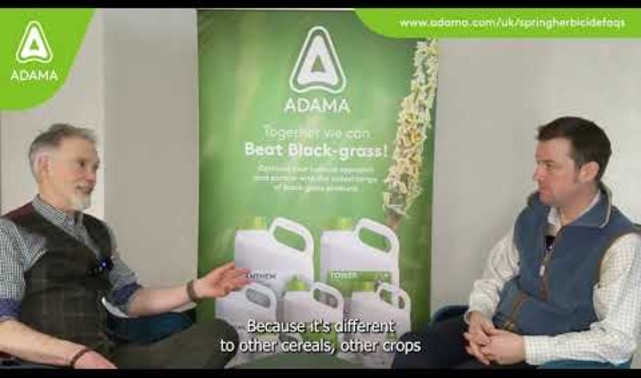
Spring Herbicide Application FAQs
“Any crops sown on or after 1st February in the year of harvest are considered spring crops, irrespective of the variety being drilled,” explains Jonny Oosthuizen, Herbicides Product Manager for ADAMA UK.
“Unfortunately, because of the wet winter, a lot of growers throughout the UK still have winter wheat seed in the shed and, now that conditions have finally started to improve, are rushing to get as much of this into the ground as quickly as possible.
“What many might not be aware of as we move into February is that any crop protection products registered only for use on winter wheat can’t be used on crops sown after 31st January, even if the seed is technically a winter variety. Instead, these crops can only be treated with products labelled as being approved for spring-sown crops.”
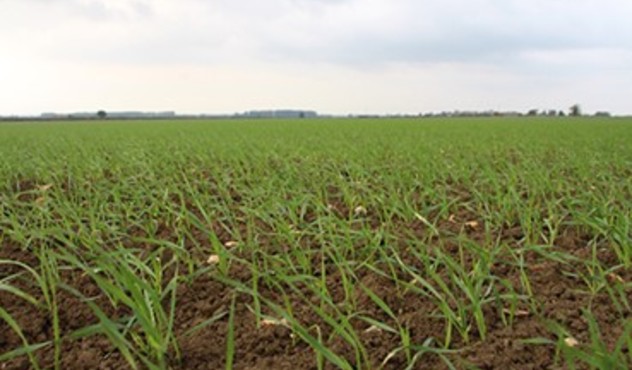
“I drilled my wheat at the end of October, the heavens opened and I never got the residual chemistry on. The wheat looks ok but there is plenty of weeds about - what can I do?”
Are you in a situation where you have bad grassweed issues?
Do you know if your grassweed populations are resistant to any AI’s?
- I don’t know
- Speak to your Agronomist – It may be that you need to test the seed to understand the resistance profile of your grassweed populations.
- No they are not resistant
- Yes they are resistant to Clodinafop and Mesosulfuron
- Unfortunately this limits your options of effective control significantly. Speak to your Agronomist to get their thoughts on the best way forward.
- Yes they are resistant – but only to Clodinafop
- Whilst we would love to be able to help at ADAMA, you will have to consider a product from one of our friendly competitors!
- Yes they are resistant – but only to Mesosulfuron
- This opens the door to using Clodinafop – Consider using TOPIK which should be planned in a mixture with other actives that have efficacy on grassweeds.
“I managed to get either a pre-em or early post-em on my wheat and was lucky to dodge the rain, but now there is another flush of grassweeds emerging! - What can I do?”
Are the grassweeds 3 leaves or less in size?
- Yes.
- Good. All the time the grassweeds are very small, there is a good chance the commonly used residual chemistry will have a useful amount of activity. Timing is of the essence. Depending on your specific situation consider TOWER, ANTHEM or HURRICANE in mixture with Flufenacet or other grassweed actives.
- No – they’re bigger.
- Unfortunately your options are limited. Refer to the above conversation on resistant populations.
“I’ve still got plenty of winter wheat seed in the shed so I’m still drilling when the weather allows! What are my options?”
The key question here is drilling date – did you drill before 1st February?
- Yes – it went in before the end of January.
- Great – you have plenty of options. Depending on weed size and crop growth stage consider programs including mixtures with: TOWER, HURRICANE, ANTHEM (Do not apply pre-emergence to winter crops drilled after 30th November.)
- Remember some products have a 31st DECEMBER cut off and some have PRE-EM cut off.
- No – I drilled some wheat in February.
- Ok. You still have plenty of options. According to CRD, Spring wheat is defined as wheat planted after February 1st regardless of varietal breeding.
- Practically this means you have to treat the crop as if it were Spring wheat. Any products you use on winter wheat crops sown after 1st Feb need to have Spring wheat on the label.
- ADAMA have a number of options here with TOWER, HURRICANE, OMAHA 2 and TOPIK
If not, don’t get caught out this season - you need to be aware of some KEY LABEL RESTRICTIONS.
Before committing to use a product – check your drilling date and then ask:
- Is the cut off for application 31st DECEMBER?
- Is the cut off for application PRE-EM ONLY?
- Is it registered for use on SPRING WHEAT?
Related Products
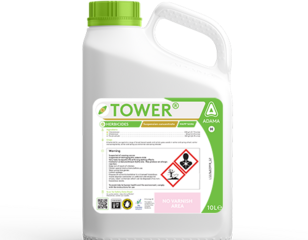
TOWER®
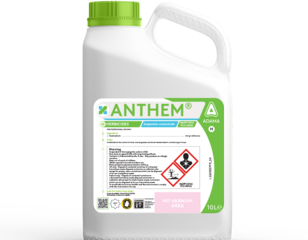
ANTHEM®
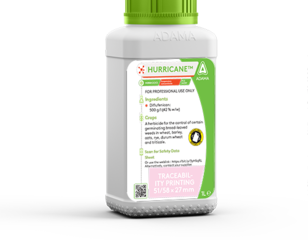
HURRICANE® SC
